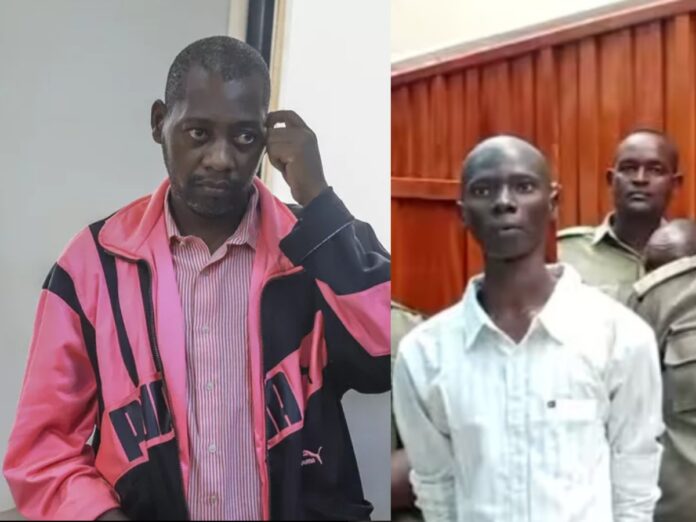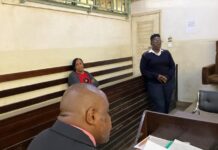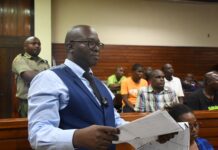By Andrew Kariuki
A dramatic scene unfolded at the Mombasa High Court on Wednesday, November 5, 2025, after a man previously declared dead and buried appeared alive before Lady Justice Diana Mochache during the ongoing Shakahola murder trial.
The man, identified as Moses Karema, also known as Sharifu, stunned the court when he confirmed that he was alive, despite his father’s earlier testimony claiming he had died and been buried.
Karema, who is currently detained at Shimo la Tewa Prison in connection with a separate Shakahola case, was produced before the court where controversial preacher Paul Mackenzie and 29 others are facing 191 counts of murder.
The revelation shocked those in attendance and raised serious questions about the credibility of witness testimony in the high-profile case.
Karema confirmed his identity through official documentation, including a national ID verified by relevant authorities. His father had testified that his son, whom he referred to as “Sharifu,” was deceased, even claiming to have conducted his burial.
However, court records and testimony revealed that confusion may have stemmed from the use of multiple names — Moses, Sharifu, and Musa — which had been used interchangeably by the family.
Another witness clarified that Karema had never been re-baptized and had been known as Moses Karema since 2005.
Justice Mochache questioned how such a serious case of mistaken identity could have occurred, asking, “If the father buried someone he believed to be his son, who was that person, and how did the misidentification happen?”
The judge ordered investigators to trace records from the mortuary where the alleged burial took place and directed that Karema’s father be recalled to court for further questioning.
She emphasized that the case had now gone beyond the murder charges to touch on the integrity of witness testimony and the reliability of identification in mass casualty incidents.
Investigators were given two weeks to submit a detailed report on the family’s background, burial records and the true identity of the person interred.



















